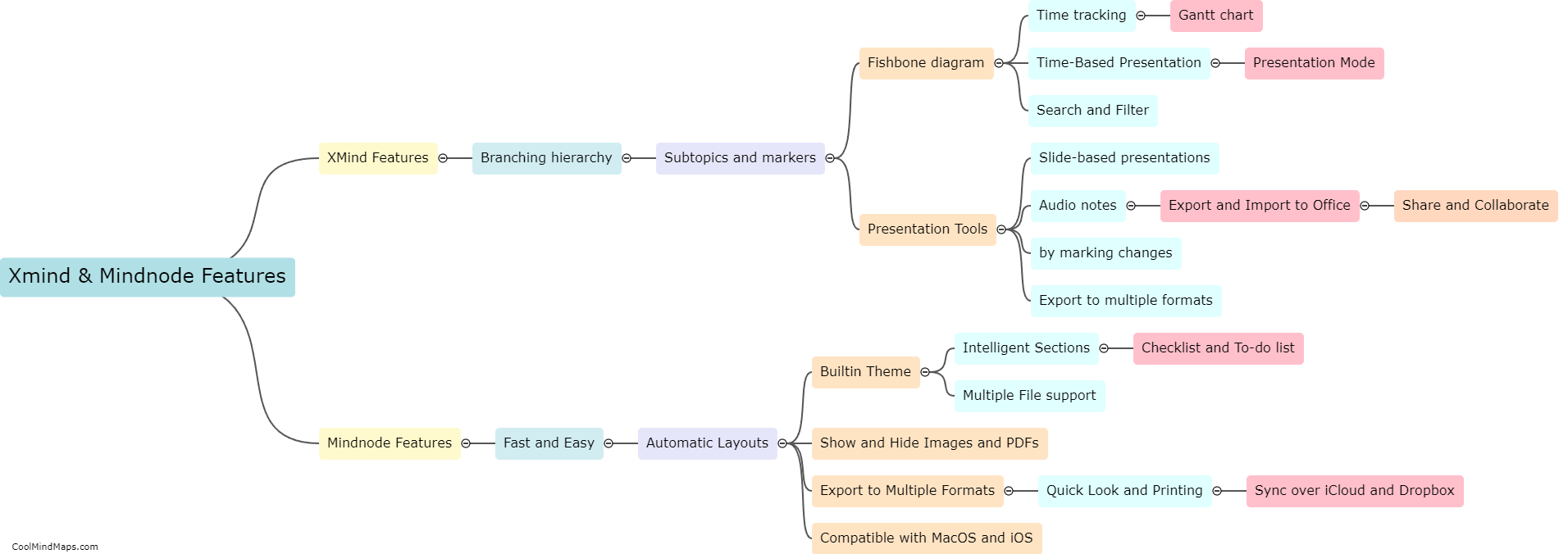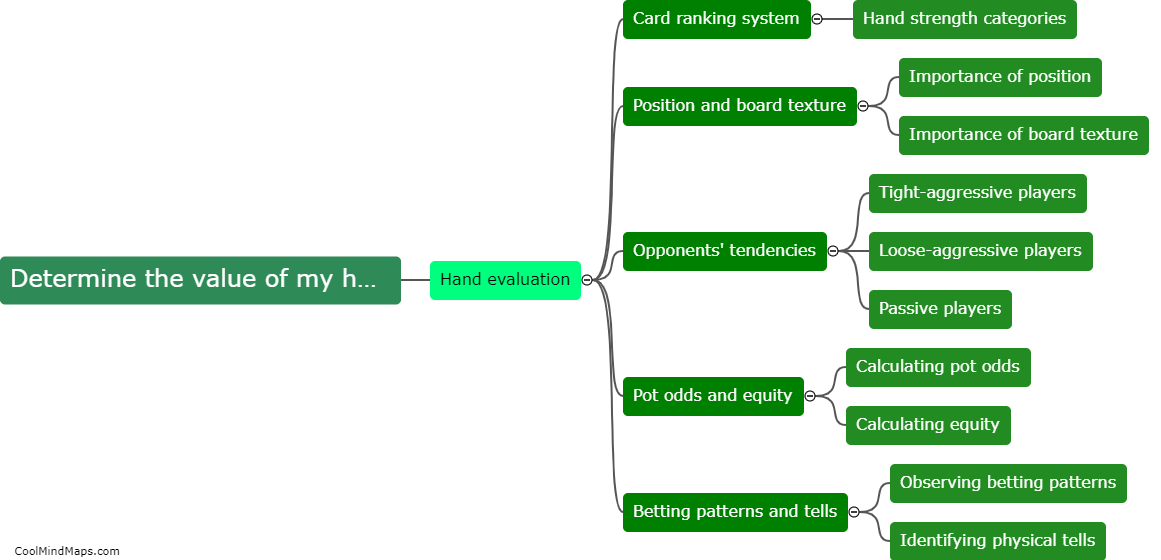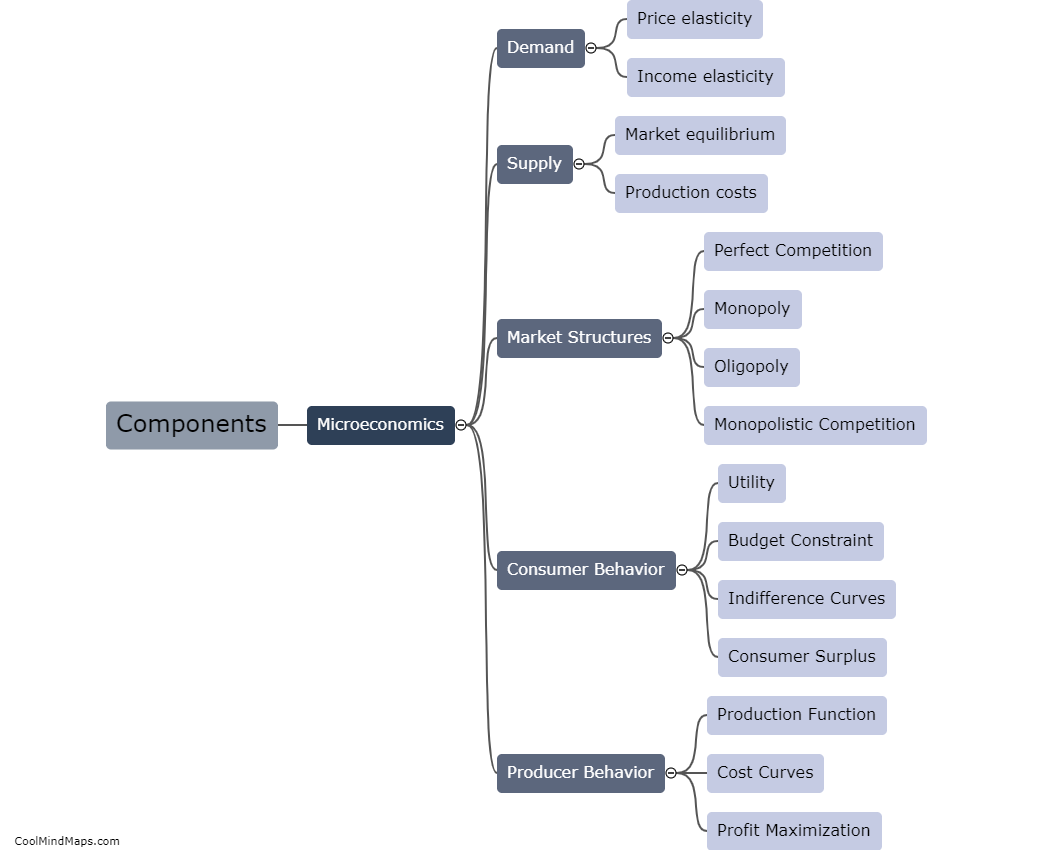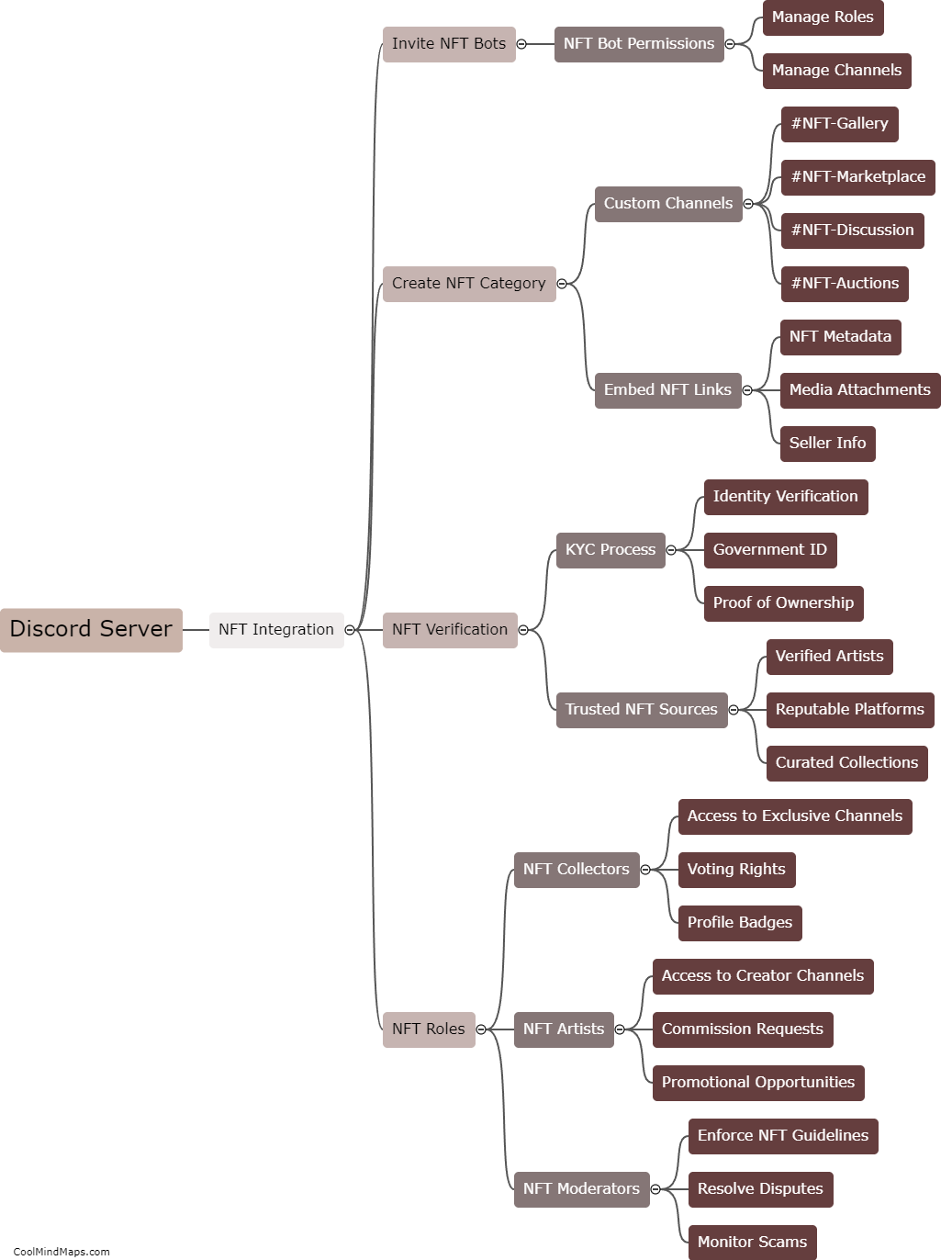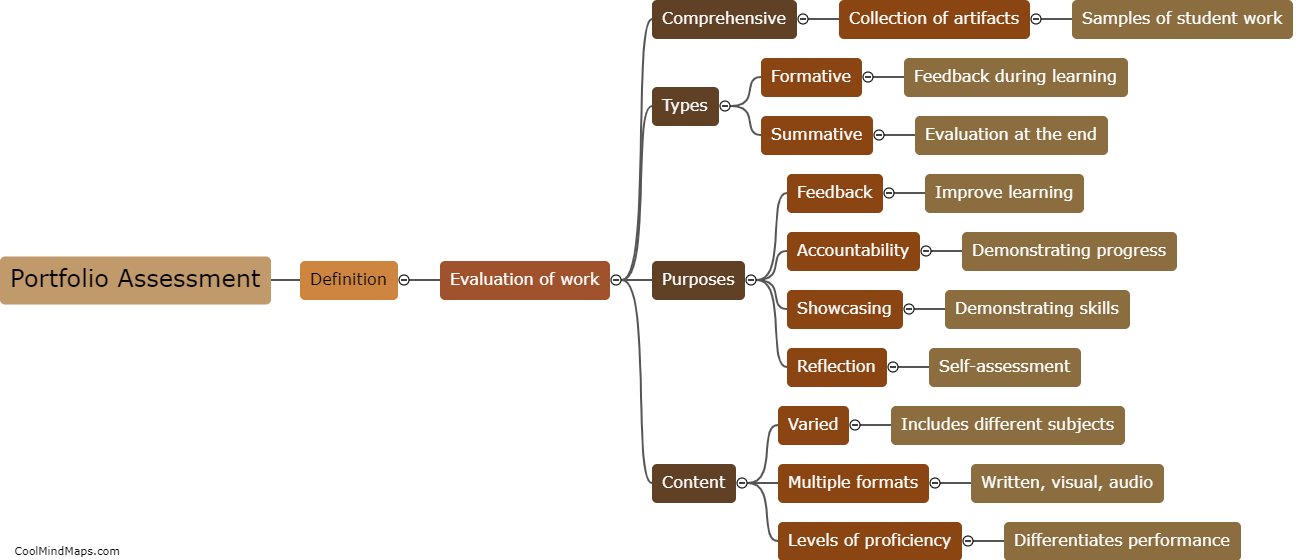How can a portfolio be used to assess learning outcomes in Microeconomics?
A portfolio can be an effective tool for assessing learning outcomes in Microeconomics as it provides a comprehensive collection of evidence that showcases a student's understanding and application of key concepts and principles in the subject. A well-constructed portfolio may contain a variety of artifacts, such as written essays, problem-solving assignments, case studies, research projects, and presentations, which demonstrate the student's ability to critically analyze microeconomic issues, make informed decisions, and communicate their findings effectively. By reviewing the portfolio, instructors can assess a student's depth of knowledge, analytical skills, and their ability to apply economic theory to real-world scenarios. Additionally, portfolios also allow students to reflect on their own learning journey, identify areas of improvement, and set goals for further development in Microeconomics. Overall, the use of portfolios provides a holistic approach to assessing learning outcomes, allowing for a more comprehensive and accurate evaluation of a student's grasp of Microeconomics concepts and skills.

This mind map was published on 6 August 2023 and has been viewed 146 times.

